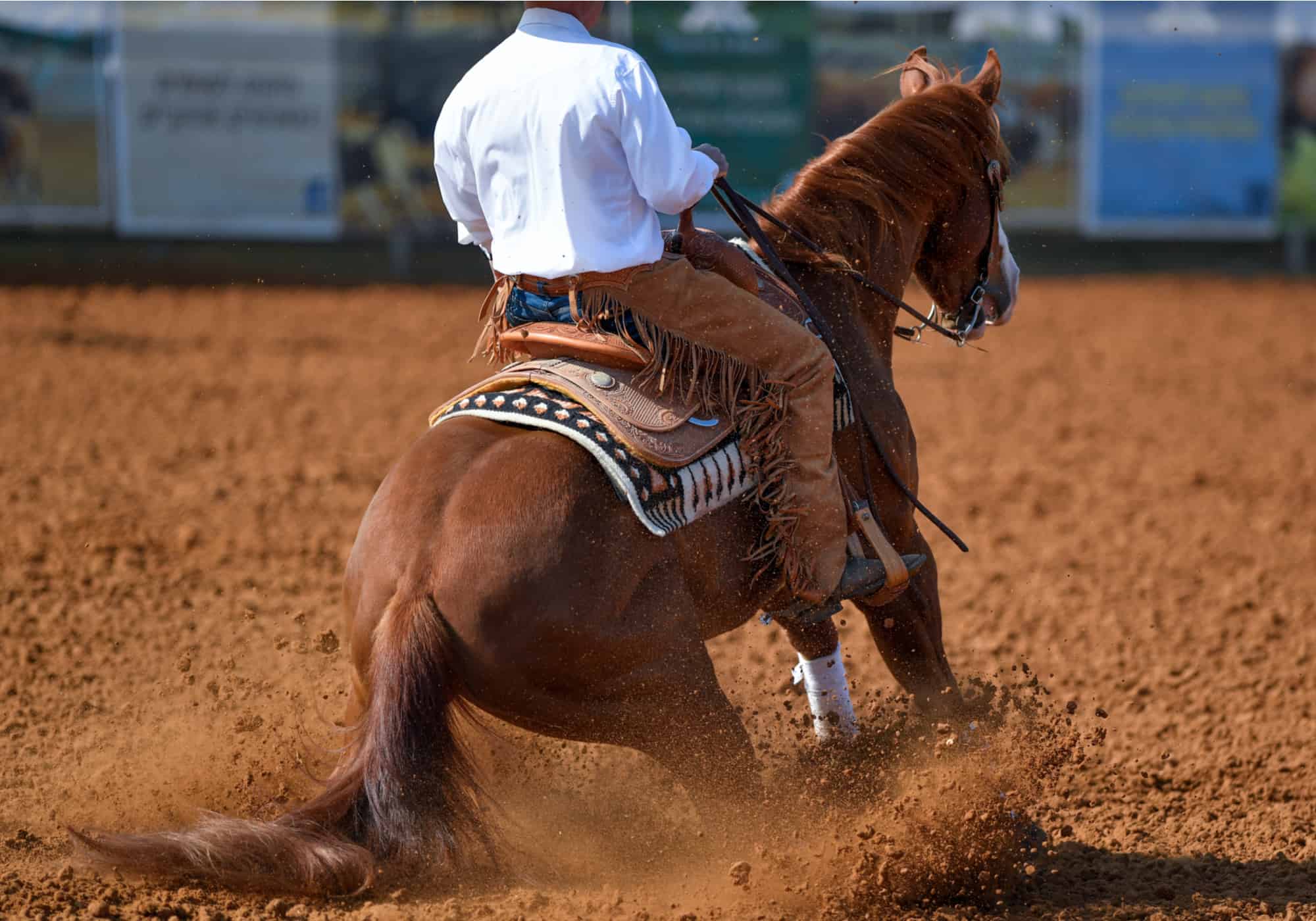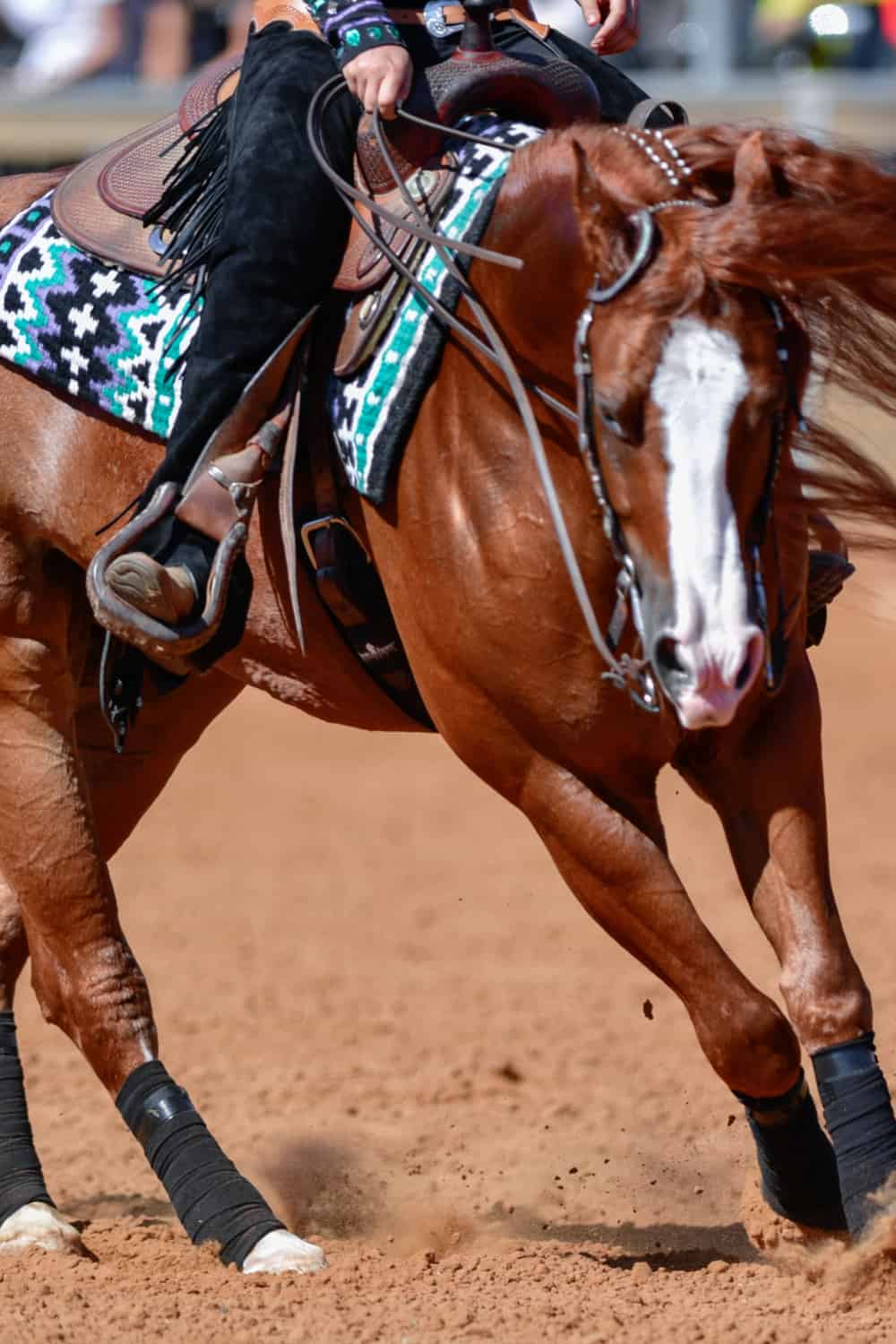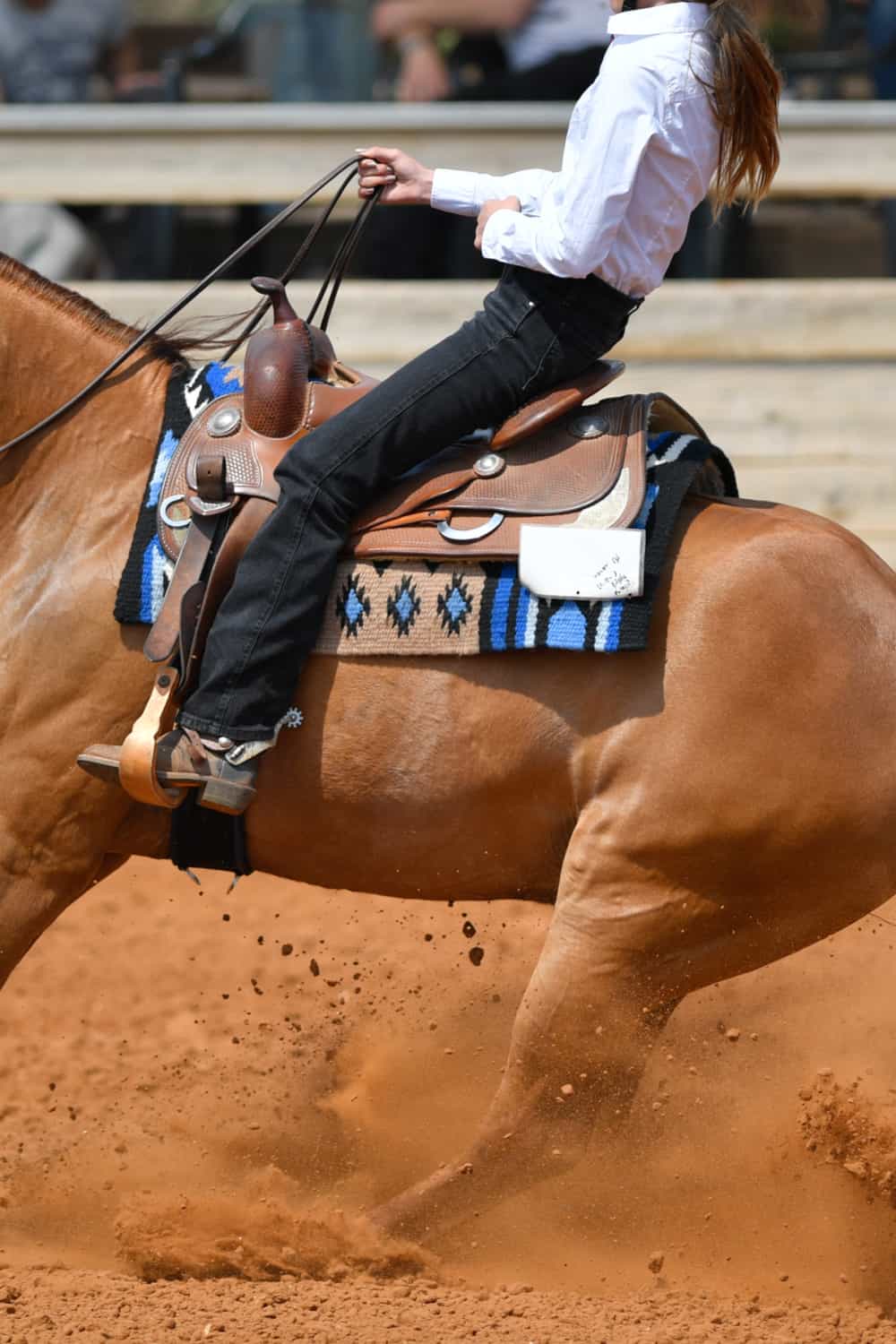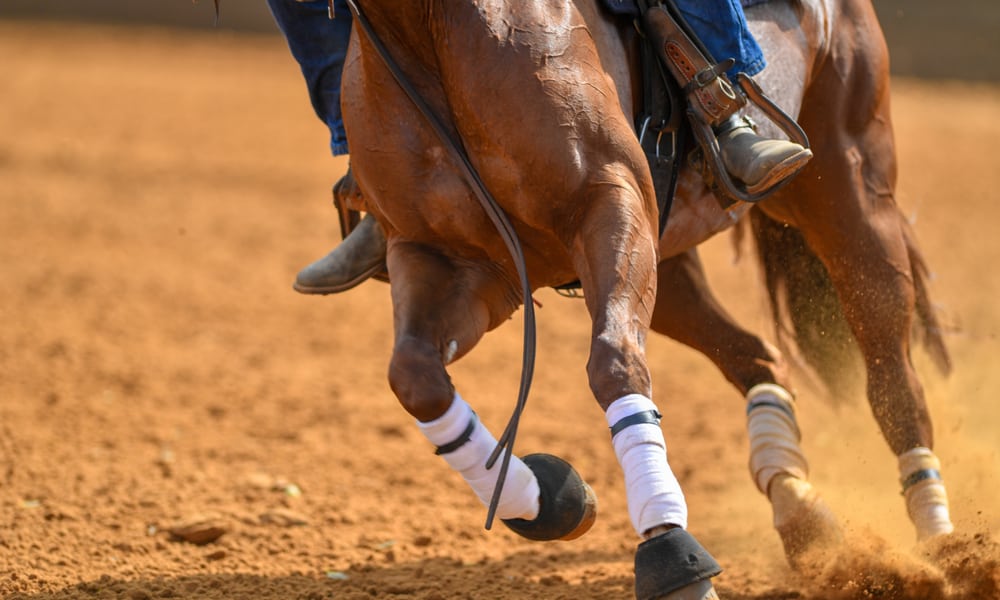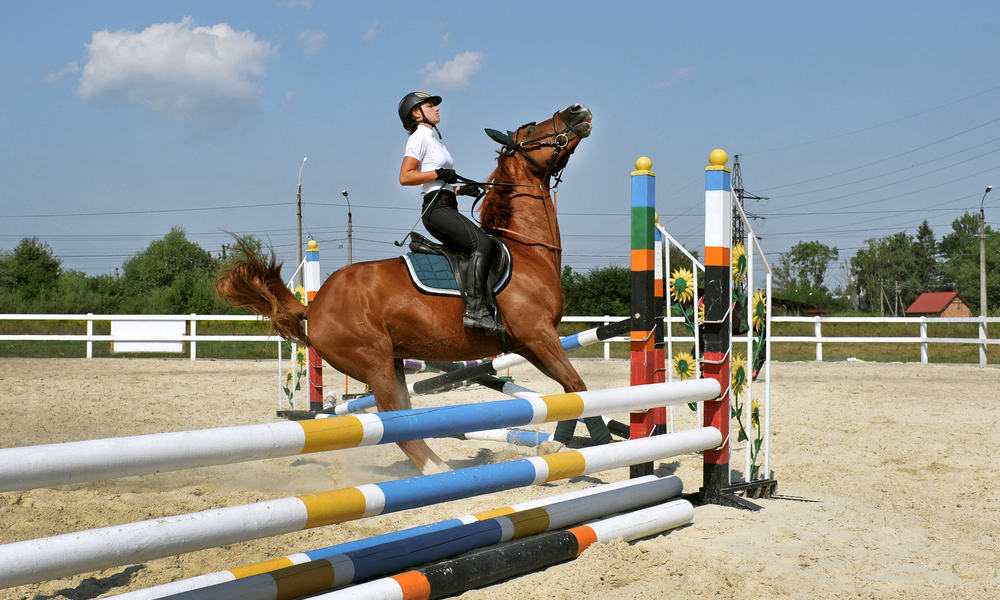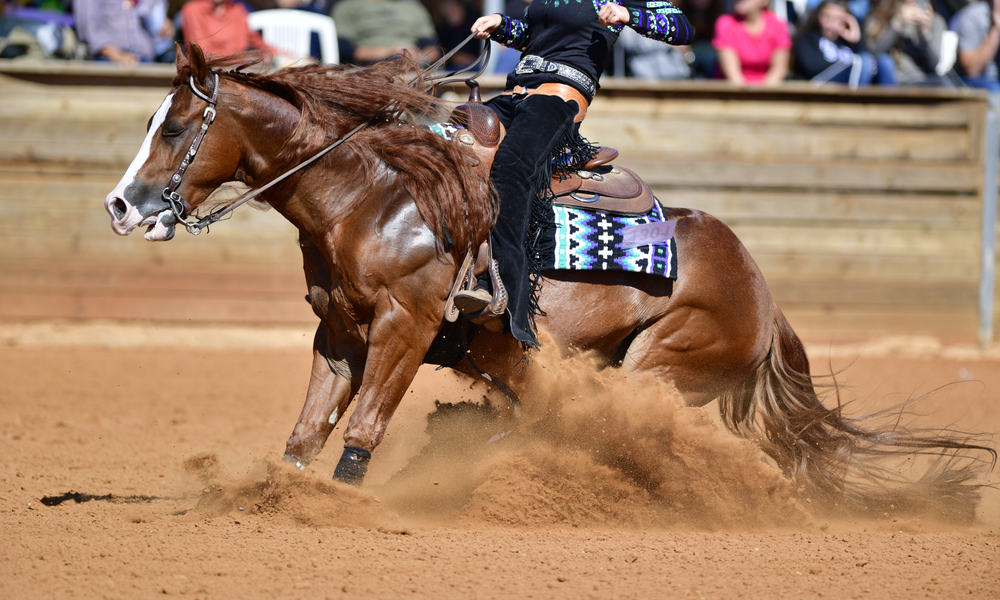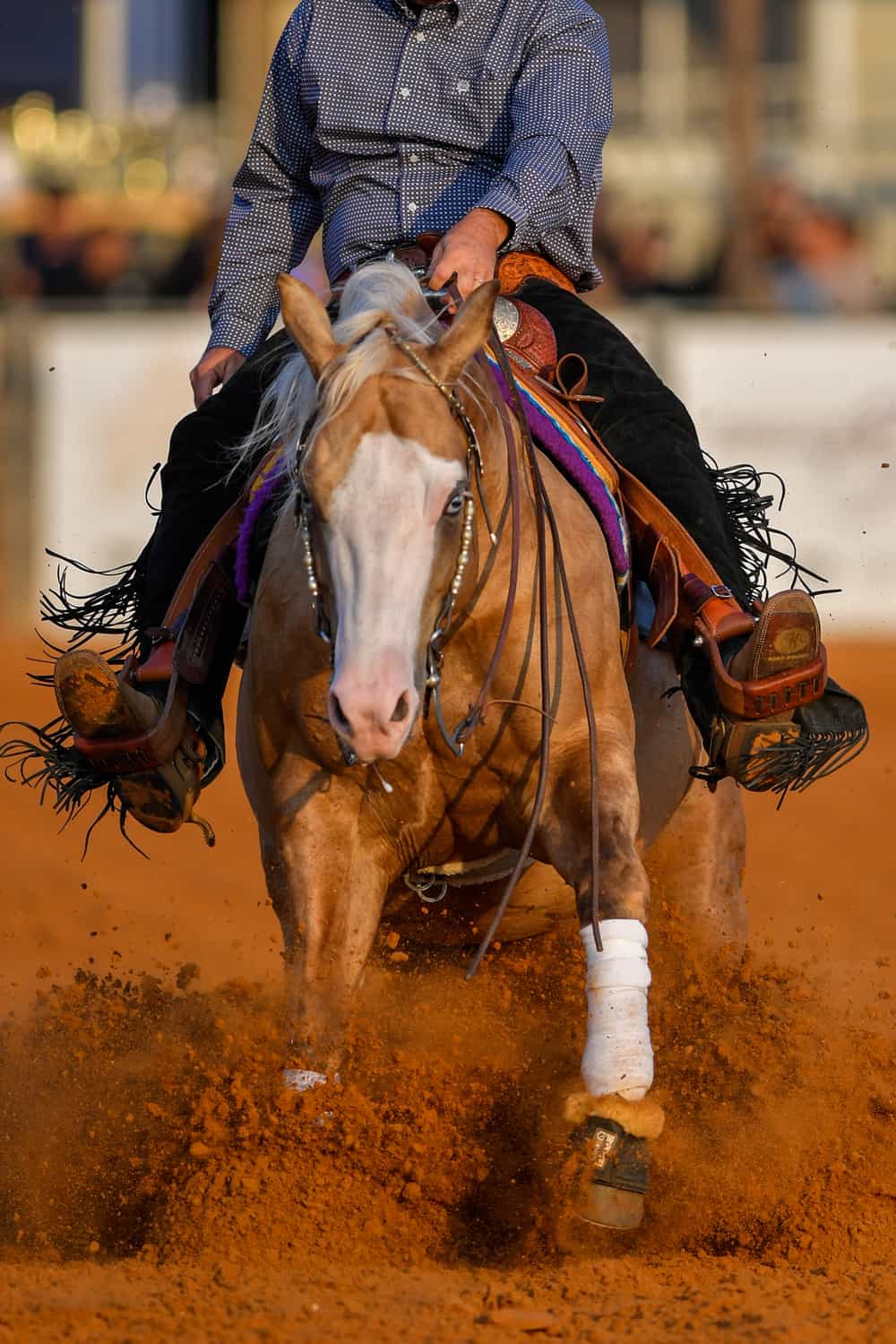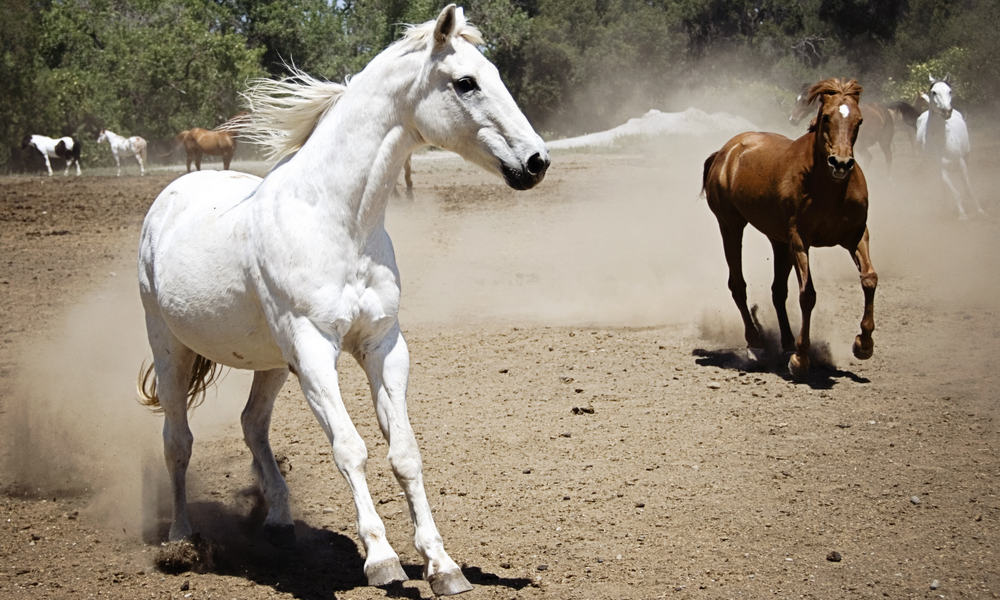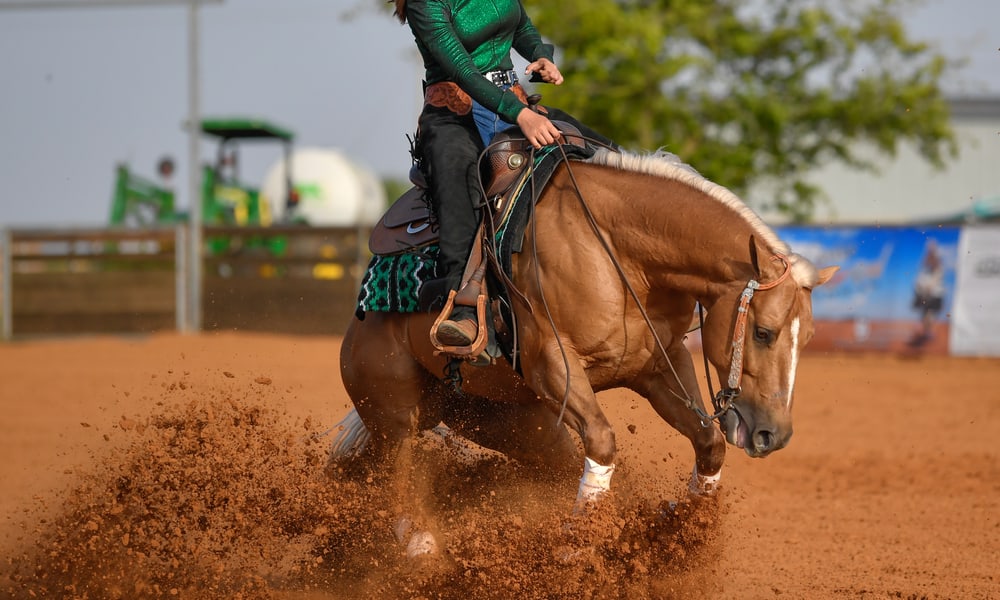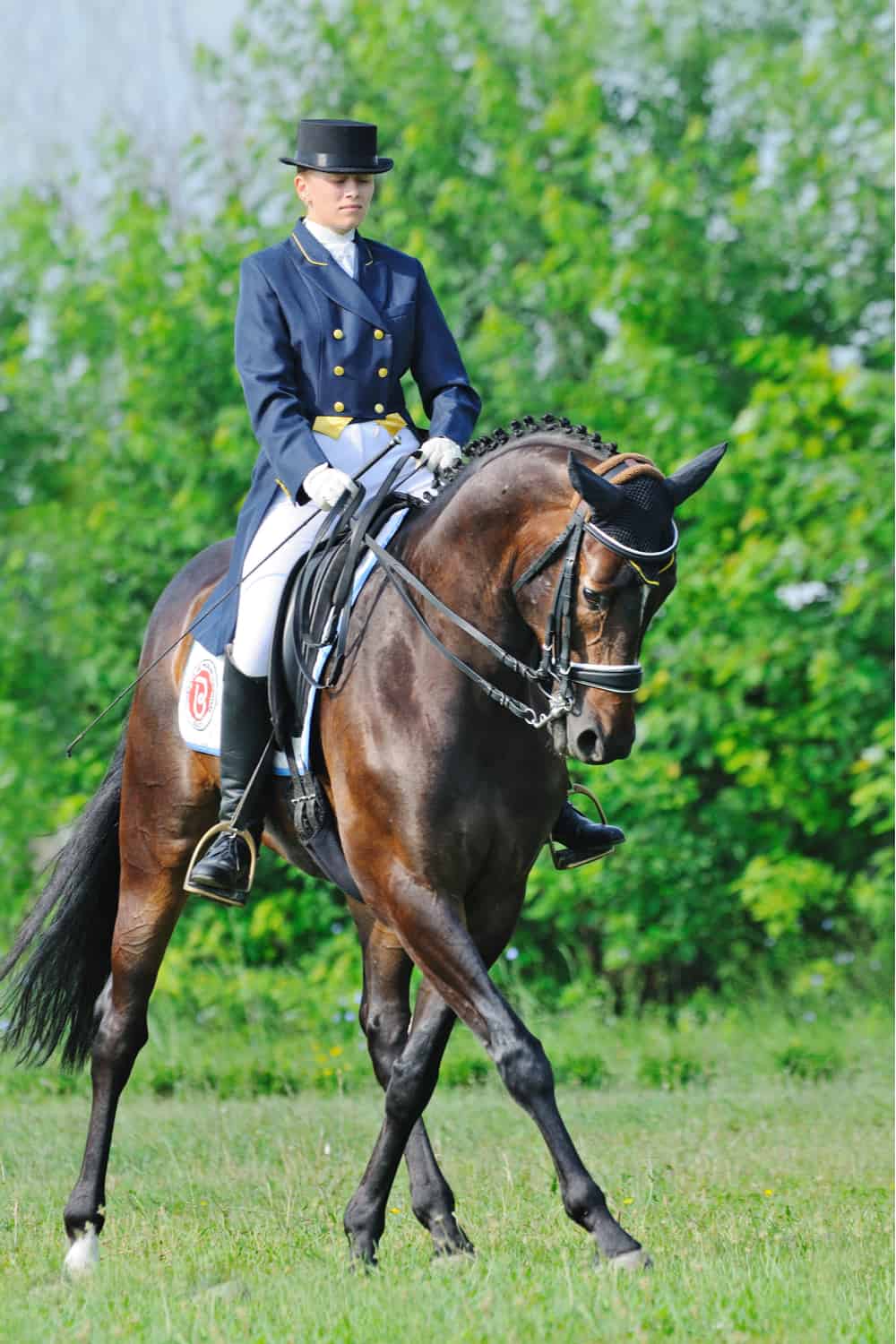Asking for a halt is one of the first movements you will learn when new to horseback riding. Like every other cue, you will need to use your body and voice. But first and foremost, establishing a strong bond of trust is the secret to getting your horse to heed your cues.
You must understand that standing still is not natural to horses; equines have a natural flight instinct and need reassurance that nothing bad will happen when you ask for a halt.
I wrote this article to help you learn the basics of how to stop a horse. As you will see, halting a horse is a skill requiring consistent practice and patience with your equine. So, without further ado, here’s how to transition your horse from a trot to a halt.
How to Stop A Horse
1. Prepare for a smooth halt
Adequate preparation is the key to arriving at a smooth, hassle-free halt. You will need to give your stallion clear rein aids while generating regulated energy with your legs and core muscles. As much as you are ultimately in charge of your horse’s movement, you should also tap into the horse’s movement so that you are in sync.
For a successful halt, your hip movement should align with the swing in the horse’s back. Correct contact also contributes to a seamless halt. Ensure that your equine friend is lurching onto the bit and not depending on your grip. A good lurch onto the bit allows for proper communication between you and the horse.
Your posture and use of core muscles play a big role in how well you execute the halt. Start by tightening your core muscles (imagine pulling your belly toward your spine).
2. Seat deep in the saddle for greater balance
As you approach the point where you would like to stop, sit deeper in your saddle, pushing your tailbone down and stretching your shoulders and back up to assume a rigid upright position. Be sure not to lean back as you could pull your muscles and cause soreness.
As you get closer to the stopping point, slow the swinging in your hips to signal your equine friend to prepare to transition to a halt. As your horse picks up your body language to slow down, you will notice a change in gait.
Seating deep in the saddle and maintaining the power pose with your core muscle will cause resistance. The resistance will cause your body movement will be out of sync with that of the horse, causing the horse to respond by slowing down.
3. Shorten the horse’s strides with half halts
In addition to using your core muscles, you must use your legs simultaneously to stop your trotting stallion. As always, you want to come to a smooth rather than an abrupt halt. This will require shortening the horse’s strides; you will do this stride by stride until you come to a complete stop.
With your legs firmly positioned in the stirrups, tighten your thighs and knees around the horse’s sides while turning your wrists inward. Your horse will tighten his muscles in response to this cue.
Highly trained horses usually relay strong muscle compressions. Now is a good time to relax your reins as the horse begins to shorten its strides.
Squeeze both your legs evenly to ensure a straight and square halt as opposed to a crooked one. Also, avoid kicking as this can scare the horse and prevent him from stopping.
4. Create stronger contact
Another way to signal your horse to slow down is to tighten the reins, which creates a stronger contact between your hands and the horse’s mouth. Keep the pressure even on both the right and left reins, ensuring that one side is not tighter than the other.
As you tighten your grip, be very careful not to apply unnecessary pressure on the horse’s mouth. Excessive pulling can scare the horse, causing him to trot faster and pull you forward while ignoring your cues to stop.
This is why I strongly recommend sending your stallion clear, unambiguous clues every time. Your equine friend will trust and do what you ask of him.
Proper handling of the reins is equally important. Maintain an upward posture as you pull the reins toward your body while holding them in a tight grip. In addition to signaling the horse to transition to a halt, this will also help to keep the horse’s head square and steady and prevent undesirable behavior such as bucking.
5. Use verbal cues to stop the horse
Aside from using your body and the reins, you should also use your voice to encourage your equine friend to transition to a smooth halt.
Only use a sound or phrase that your horse has learned and is therefore familiar with. Using a strange verbal cue will only confuse the horse, and he may resist stopping, contrary to your wishes.
Use a normal tone when cuing your stallion; yelling will have the opposite effect and cause the horse to resist your signals to stop.
Common commands that a horse can understand are ‘halt,’ ‘stop,’ and ‘whoa.’ Issue this command as you tighten your legs and tag on the reins to get your horse to slow down.
6. Relax your body and grip on the reins
When you cue your horse to stop, your body is tense and fully engaged. When he does stop, you should equally relax your body and loosen your grip on the reins. This tells your equine friend that all is good, you are in sync, and you do not require further action.
But, you and the horse should remain attentive and ready for the next move. Maintain an upright body posture and keep light contact with the horse’s mouth and torso. Sit still but lightly on your saddle to reassure your equine friend that all is well and the request to stop does not signal a perceived threat.
7. Adjust the horse’s position
Ideally, when your horse comes to a halt, it should stand square, but this doesn’t always happen. Don’t disembark from a horse that is not well balanced, as this can cause injury to both you and the horse.
If the horse comes to a halt with one of its lower legs sticking forward, use your own leg to push the horse to a square and balanced position. Only push the leg if it is out of square; applying pressure on the horse’s leg for no reason will cause your equine friend to expect a push from you every time you stop.
New horse riders often apply too much pressure on the left or right stirrup when asking for a halt. This can cause the horse to stand crookedly, making it difficult for the rider to unmount from the horse. Avoid this crooked stance next time by trying to balance the amount of pressure on both legs.
Learning to stop a horse like a pro takes a bit of time. But, once you get the basics right, you will get better and better with each attempt.
Below, I have included some extra tips to help you bond with your equine friend and get him to respond when you ask for a halt.
Extended Tips
8. Teach your horse one aid at a time
Use one aid at a time when communicating with your horse. Asking for a halt entails several steps but try conquering one step at a time and allow your horse to learn gradually, giving him time to comprehend one cue before jumping to the next one fully.
9. Be patient and consistent with your aids
Horses are intelligent, but sometimes you may need to teach a new cue several times before your equine can fully understand it. A mistake some riders make is changing aids fast and not giving the horse enough time to get familiar with the aid.
Introducing too many cues too fast will confuse your equine buddy. It is best to repeat the same sequence of cues until your horse effortlessly responds to your halt signals. Accompany clear and consistent communication with praise and rewards to encourage your horse to learn new aids.
10. Refrain from punishing your horse
Punishment may seem like the best way to get your horse to learn fast and respond to your aids, but this is counter-intuitive. Many new riders make their horses perform a single cue like 100 times in one session! This is extreme, and your horse will hate learning. Make the learning experience fun; practice a few times each week and even then, keep your sessions reasonably short.
11. Be considerate of your horse’s feelings
Whether you want your horse to trot forward or halt, you need to form a bond of trust. To do this, you must tap into your horse’s feelings and work with their emotions.
As a rule of thumb, you should never stop a frightened horse, more so if the real or perceived source of fear is behind the horse. This will make the equine associate the cue to halt with fear.
Summary
One of the earliest skills you will learn as a horseback rider is how to stop a horse. As you have seen, a lot goes into pulling this off—from learning how to sit deep in your saddle to maintaining the correct contact and using the right verbal cues. Your main goal should be to form a strong foundation of trust and respect, and your equine friend will naturally follow your lead.
